1. Di Mauro S. Muscle glycogenoses: an overview. Acta Myol 2007;26:35–41.


2. Case LE, Bjartmar C, Morgan C, Casey R, Charrow J, Clancy JP, et al. Safety and efficacy of alternative alglucosidase alfa regimens in Pompe disease. Neuromuscul Disord 2015;25:321–32.


3. van der Ploeg AT, Reuser AJ. Pompe's disease. Lancet 2008;372:1342–53.


4. Vissing J, Lukacs Z, Straub V. Diagnosis of Pompe disease: muscle biopsy vs blood-based assays. JAMA Neurol 2013;70:923–7.


5. Chien YH, Hwu WL, Lee NC. Pompe disease: early diagnosis and early treatment make a difference. Pediatr Neonatol 2013;54:219–27.


6. van den Hout HM, Hop W, van Diggelen OP, Smeitink JA, Smit GP, Poll-The BT, et al. The natural course of infantile Pompe's disease: 20 original cases compared with 133 cases from the literature. Pediatrics 2003;112:332–40.


7. Dragulescu A, Mertens L, Friedberg MK. Interpretation of left ventricular diastolic dysfunction in children with cardiomyopathy by echocardiography: problems and limitations. Circ Cardiovasc Imaging 2013;6:254–61.


8. van Gelder CM, van Capelle CI, Ebbink BJ, Moor-van Nugteren I, van den Hout JM, Hakkesteegt MM, et al. Facial-muscle weakness, speech disorders and dysphagia are common in patients with classic infantile Pompe disease treated with enzyme therapy. J Inherit Metab Dis 2012;35:505–11.


9. Hirschhorn R, Reuser AJ. Glycogen storage disease type II: acid α-glucosidase (acid maltase) deficiency. Scriver CR, Beaudet AL, Sly WS, Valle D, editors. The metabolic and molecular basis of inherited disease. 8th ed. New York: McGraw-Hill, 2001;:3389–420.
10. Raben N, Plotz P, Byrne BJ. Acid alpha-glucosidase deficiency (glycogenosis type II, Pompe disease). Curr Mol Med 2002;2:145–66.


12. Van der Beek NA, Hagemans ML, Reuser AJ, Hop WC, Van der Ploeg AT, Van Doorn PA, et al. Rate of disease progression during longterm follow-up of patients with late-onset Pompe disease. Neuromuscul Disord 2009;19:113–7.


14. Cho A, Kim SJ, Lim BC, Hwang H, Park JD, Kim GB, et al. Infantile Pompe disease: clinical and genetic characteristics with an experience of enzyme replacement therapy. J Child Neurol 2012;27:319–24.


17. Kishnani PS, Hwu WL, Mandel H, Nicolino M, Yong F, Corzo D, et al. A retrospective, multinational, multicenter study on the natural history of infantile-onset Pompe disease. J Pediatr 2006;148:671–6.


19. Hermans MM, van Leenen D, Kroos MA, Reuser AJ. Mutation detection in glycogen storage-disease type II by RT-PCR and automated sequencing. Biochem Biophys Res Commun 1997;241:414–8.


20. Ko TM, Hwu WL, Lin YW, Tseng LH, Hwa HL, Wang TR, et al. Molecular genetic study of Pompe disease in Chinese patients in Taiwan. Hum Mutat 1999;13:380–4.


21. ATS Committee on Proficiency Standards for Clinical Pulmonary Function Laboratories. ATS statement: guidelines for the six-minute walk test. Am J Respir Crit Care Med 2002;166:111–7.


23. Chen M, Zhang L, Quan S. Enzyme replacement therapy for infantileonset Pompe disease. Cochrane Database Syst Rev 2017;11:CD011539


24. Kroos M, Hoogeveen-Westerveld M, van der Ploeg A, Reuser AJ. The genotype-phenotype correlation in Pompe disease. Am J Med Genet C Semin Med Genet 2012;160C:59–68.


25. Lin CY, Shieh JJ. Molecular study on the infantile form of Pompe disease in Chinese in Taiwan. Zhonghua Min Guo Xiao Er Ke Yi Xue Hui Za Zhi 1996;37:115–21.

27. Huie ML, Menaker M, McAlpine PJ, Hirschhorn R. Identification of an E689K substitution as the molecular basis of the human acid alphaglucosidase type 4allozyme (GAA*4). Ann Hum Genet 1996;60:365–8.


29. Dagnino F, Stroppiano M, Regis S, Bonuccelli G, Filocamo M. Evidence for a founder effect in Sicilian patients with glycogen storage disease type II. Hum Hered 2000;50:331–3.


31. Amarinthnukrowh P, Tongkobpetch S, Kongpatanayothin A, Suphapeetiporn K, Shotelersuk V. p.D645E of acid α-glucosidase is the most common mutation in thai patients with infantile-onset pompe disease. Genet Test Mol Biomarkers 2010;14:835–7.


32. Gort L, Coll MJ, Chabas A. Glycogen storage disease type II in Spanish patients: high frequency of c.1076-1G>C mutation. Mol Genet Metab 2007;92:183–7.


33. Park HD, Lee DH, Choi TY, Lee YK, Lee SY, Kim JW, et al. Three patients with glycogen storage disease type II and the mutational spectrum of GAA in Korean patients. Ann Clin Lab Sci 2013;43:311–6.

34. Hagemans ML, Laforet P, Hop WJ, Merkies IS, Van Doorn PA, Reuser AJ, et al. Impact of late-onset Pompe disease on participation in daily life activities: evaluation of the Rotterdam Handicap Scale. Neuromuscul Disord 2007;17:537–43.


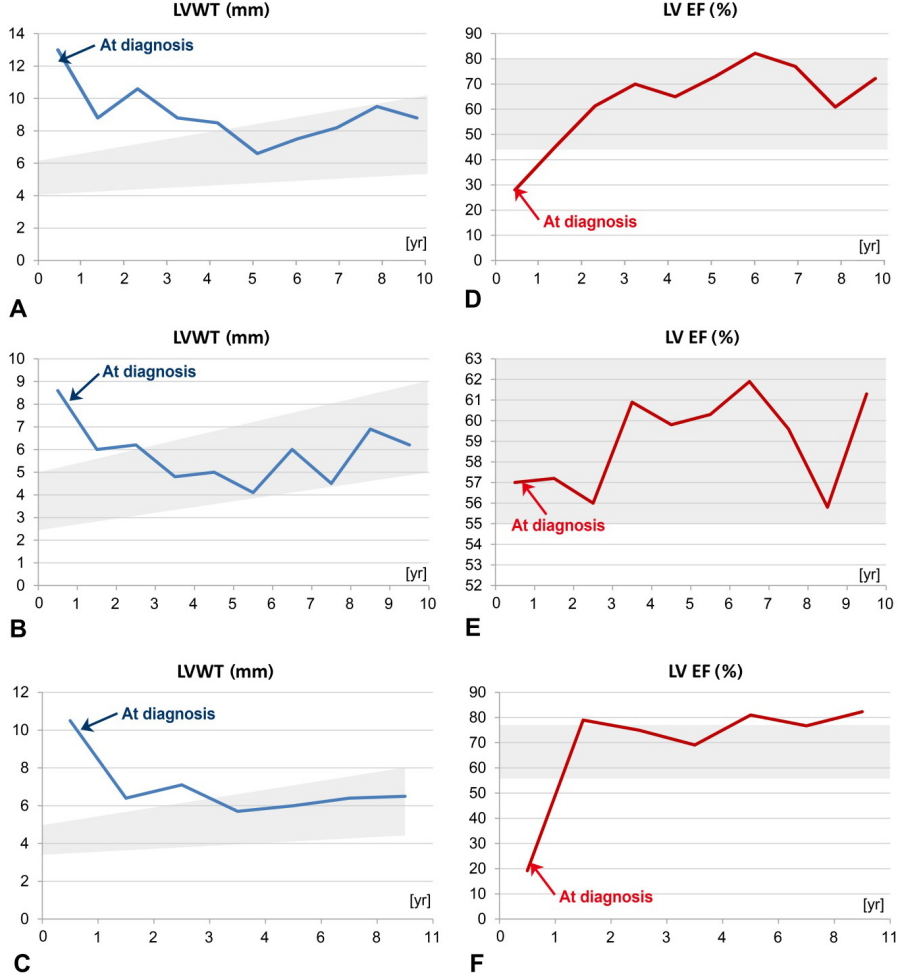

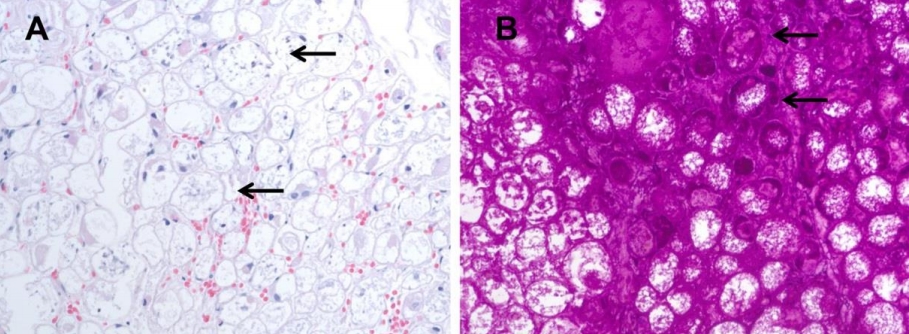
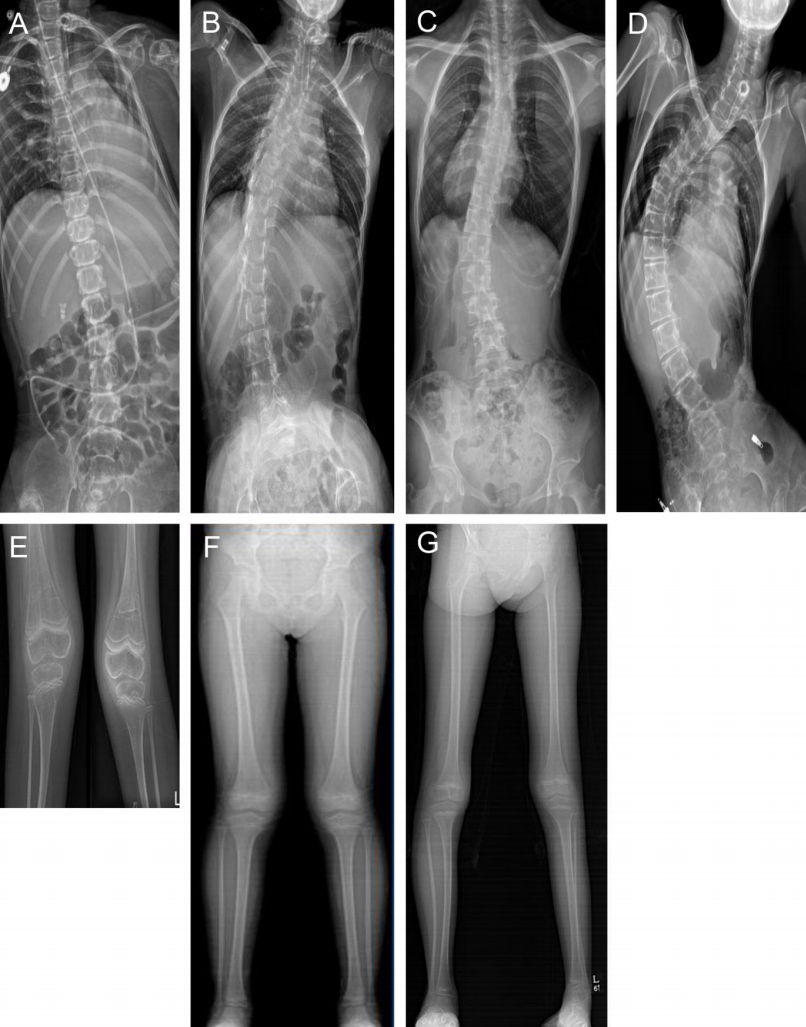



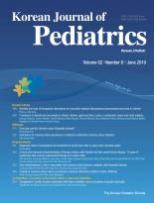

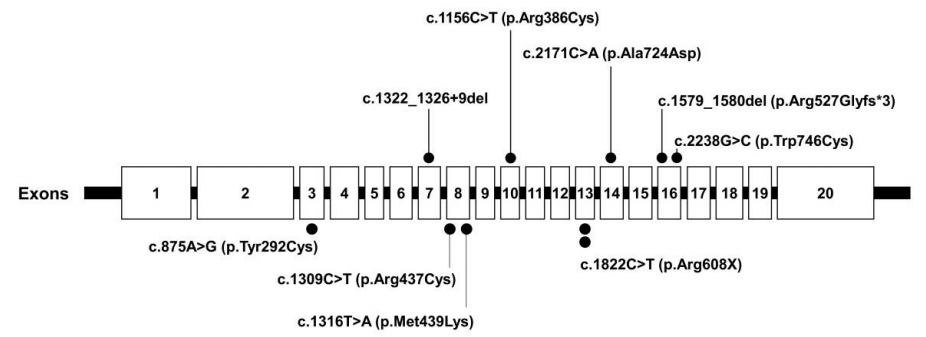
 PDF Links
PDF Links PubReader
PubReader ePub Link
ePub Link PubMed
PubMed Download Citation
Download Citation


